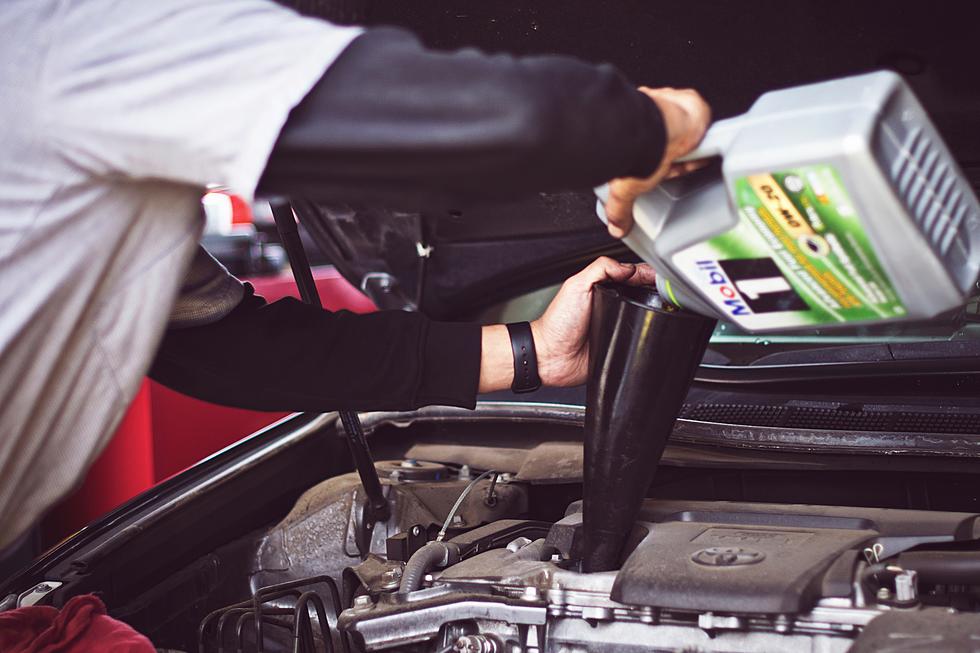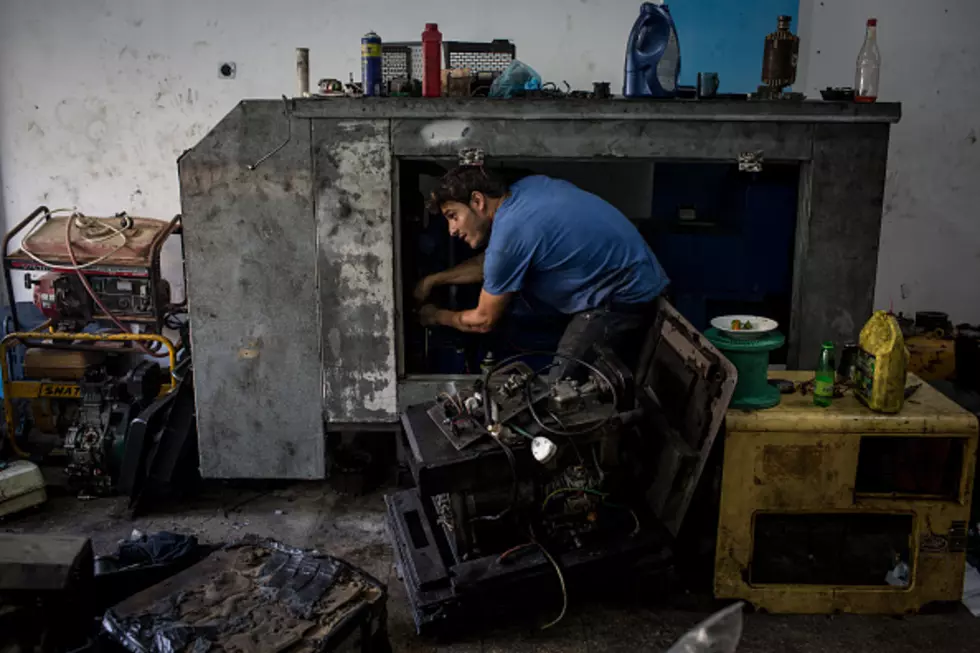
5 Important Things Minnesota Drivers Need To Know That Don’t Involve Driving
Driving our Northland roads is a privilege that comes with a lot of responsibility. Before clicking your seat belt, here are 5 things you should know how to do that could make or break your next commute or road trip.
Checking Guages and Maintaining Fluids
Our cars are like our bodies- brimming with fluids that serve different purposes. In order for our cars to function optimally, we need to be sure our vehicle's fluid levels are accurate. It's crucial to know where your car's oil reservoir and dipstick are located, as well as the brake fluid, power steering fluid, and engine coolant vessels.

If gauges and fluids are not monitored and maintained, your vehicle can suffer damage and could, quite possibly, cause it to run poorly or not at all. It is good practice to get familiar with and pay attention to the gauges on your dash. This will help you understand your vehicle and potential issues that may arise.
Changing Oil
Knowing how to change a vehicle's engine oil may seem like a daunting task. However, in this day and age, it's easier than ever. Your local auto parts store can assist you in getting the correct oil, filter, and tools to make the job less painstaking. Once you are equipped with the supplies, check your vehicle operator's manual or find an online tutorial to assist you in swapping oil. Click here to find out how to dispose of used oil properly.
Changing a Flat Tire
Potholes, regular wear, and sharp objects are just a few culprits that can give your car a flat tire. Everything you need to swap out a tire is hidden in your vehicle. It's imperative that you know where your spare tire, tire iron, and jack are located. It's a great idea to do a practice run so that when you do get a flat tire, you'll be ready to get back on the road in no time flat. Trust me, getting stuck on the side of the road in -30 degree Minnesota temperatures can be very dangerous. Preparedness is key.
Knowing How To Use Jumper Cables
Minnesota winters are brutal. Your vehicle's battery can often suffer the effects of those frigid temperatures. Don't get stranded with a car that won't start. Purchase, research, and know how to safely and properly use your jumper cables so you can stay on the road and avoid being helplessly stuck with a dead battery. Trust me- you don't want to be stranded during the cold Minnesota winter months.
Photo by Daniel @ bestjumpstarterreview.com on Unsplash



